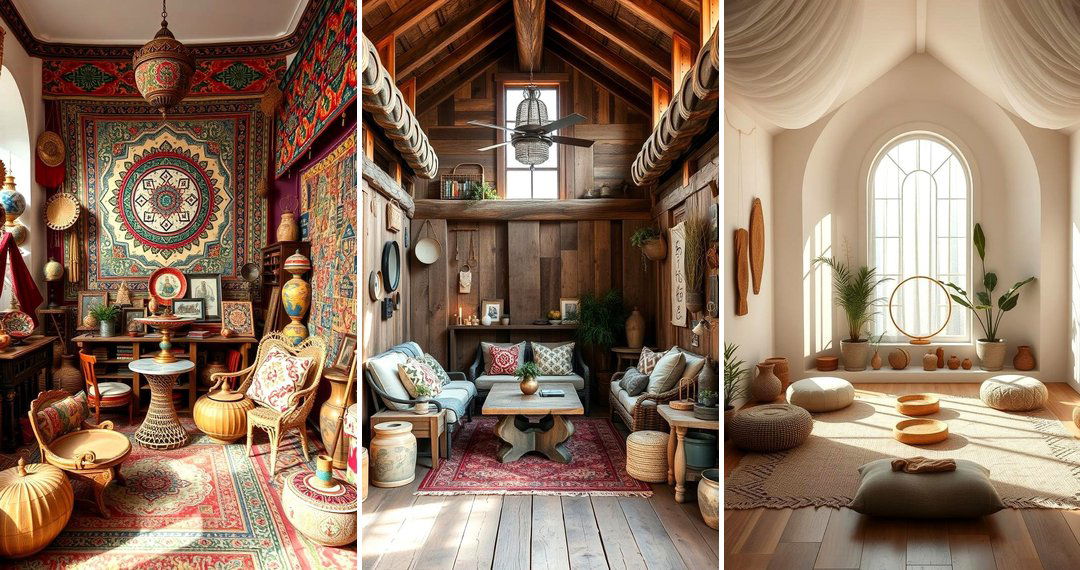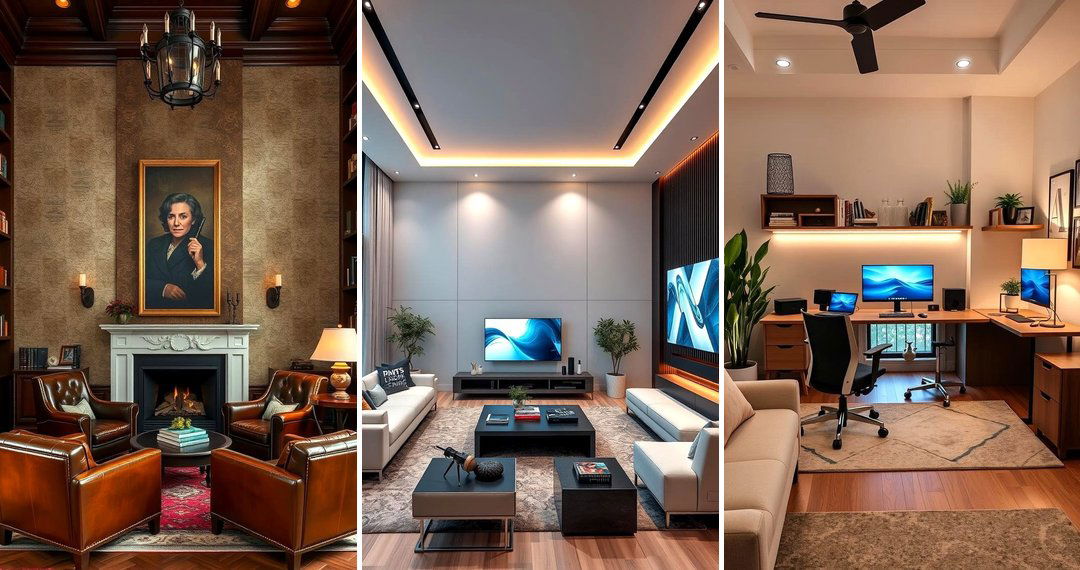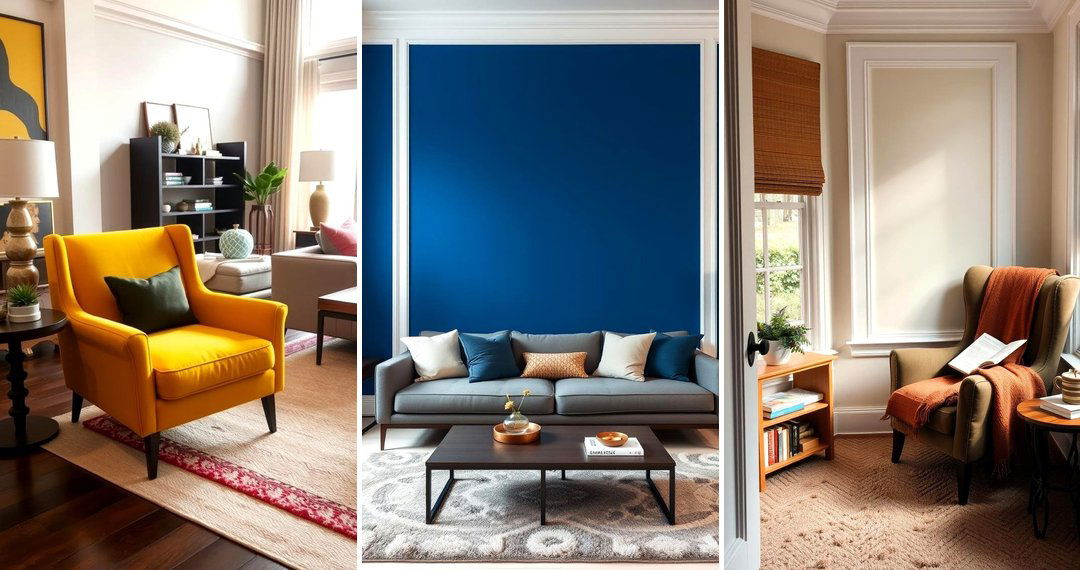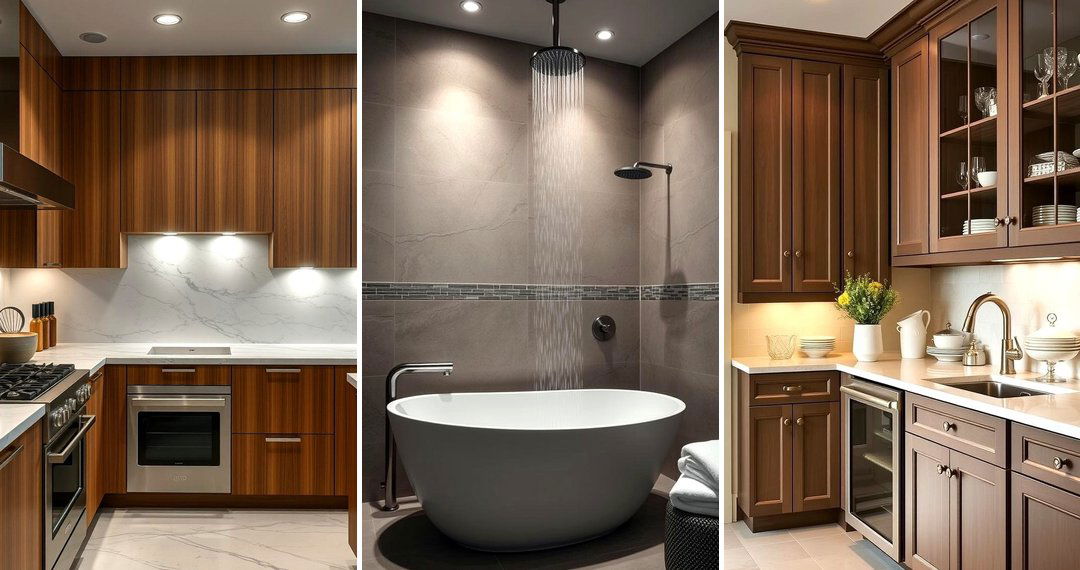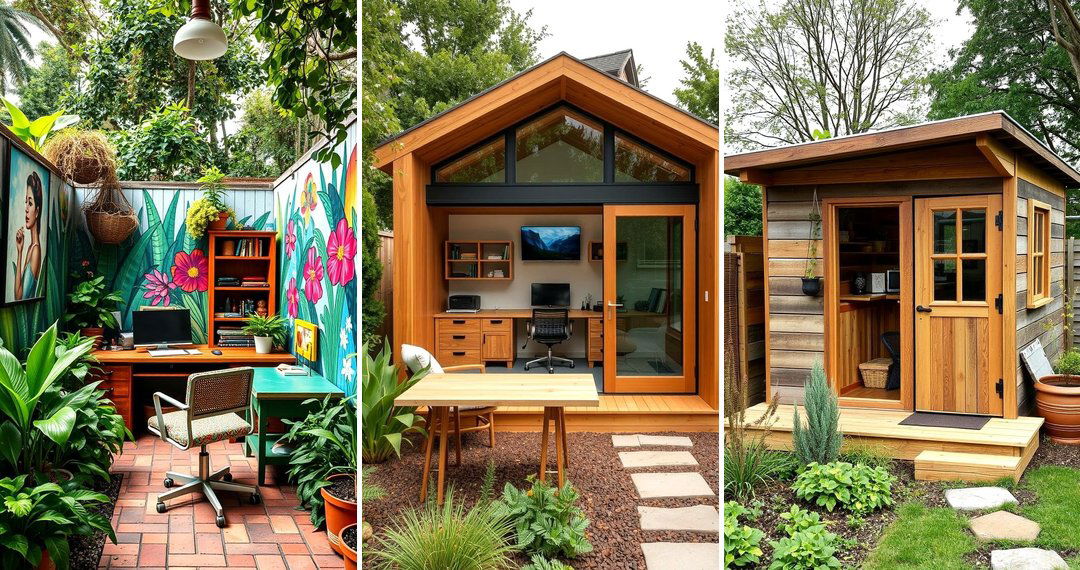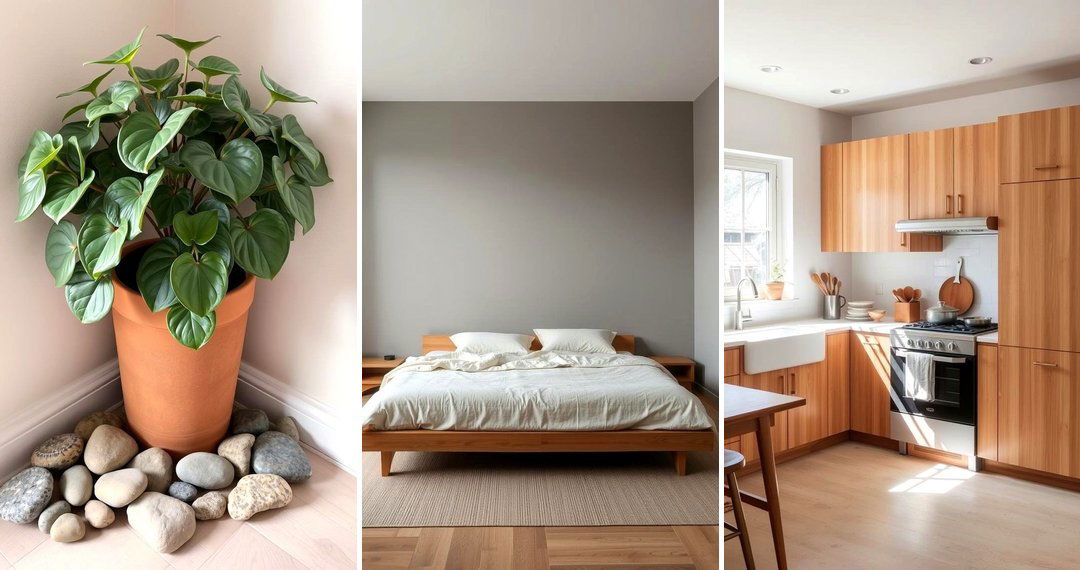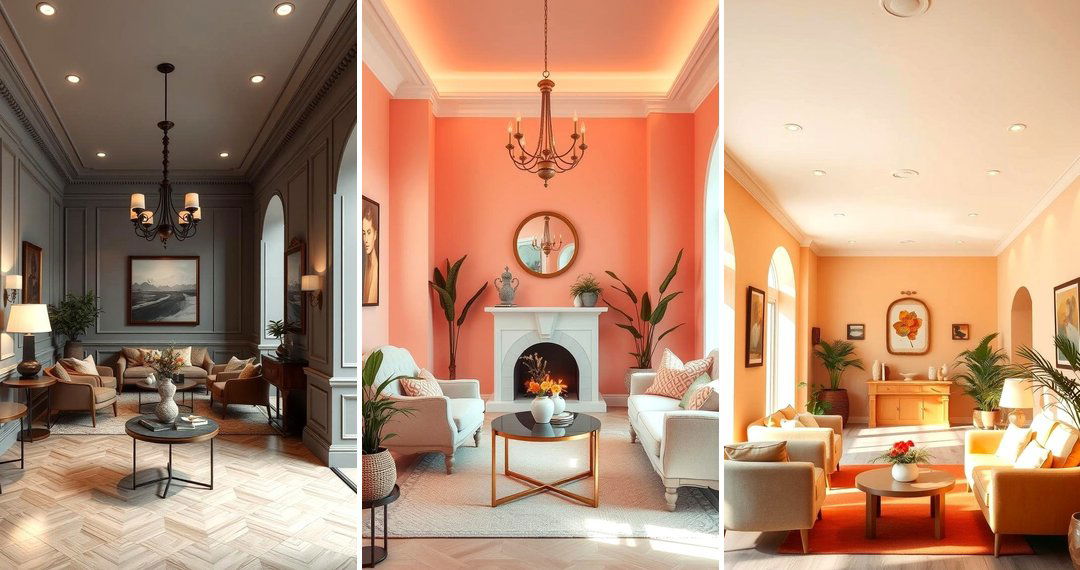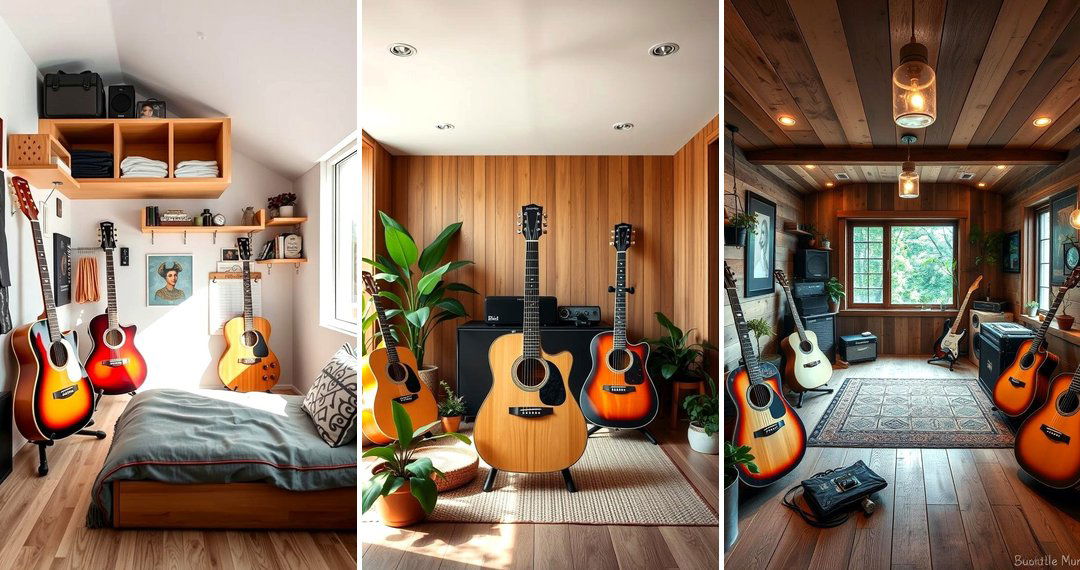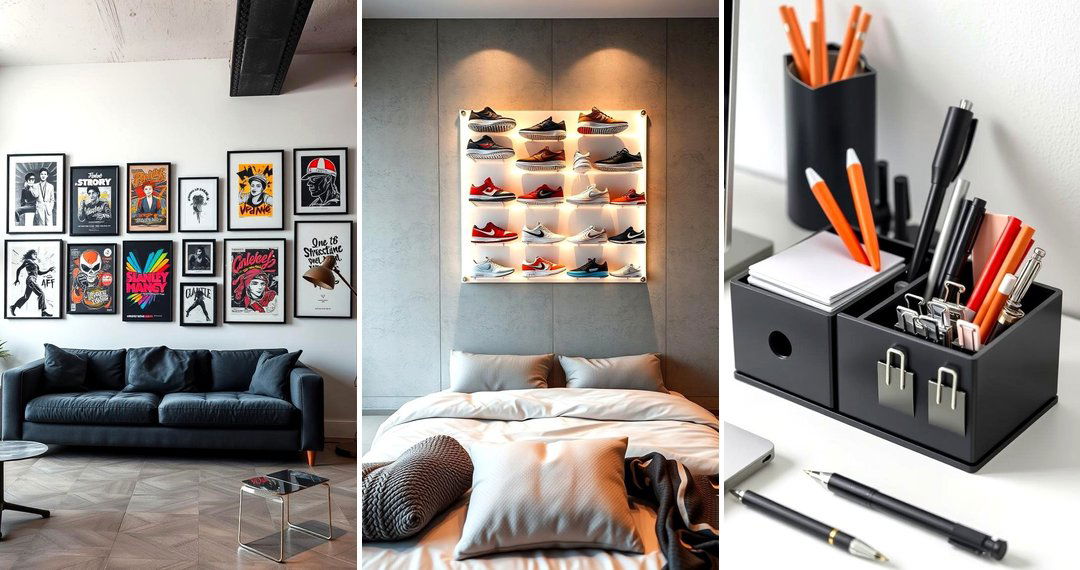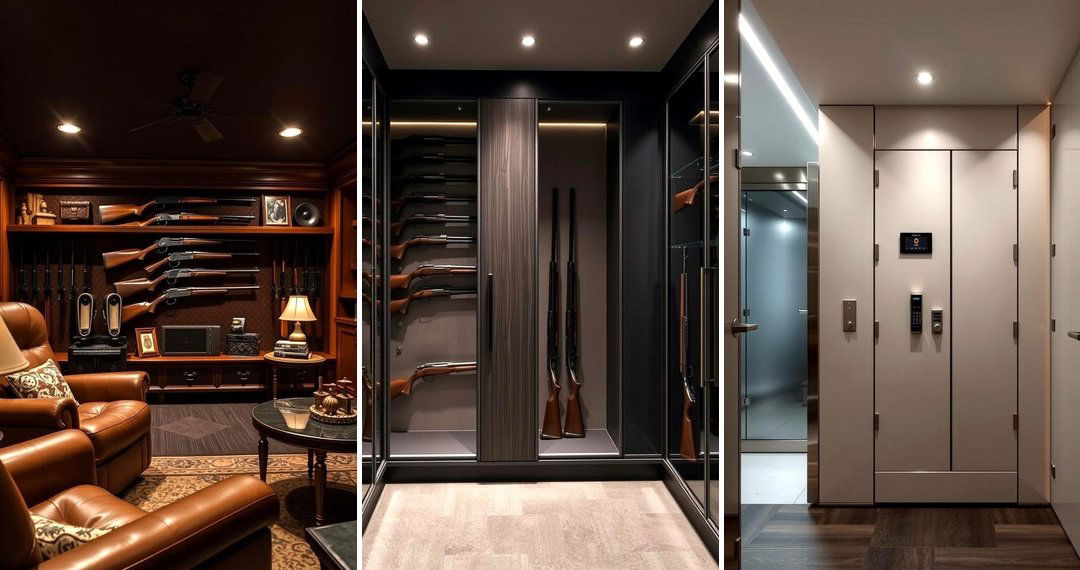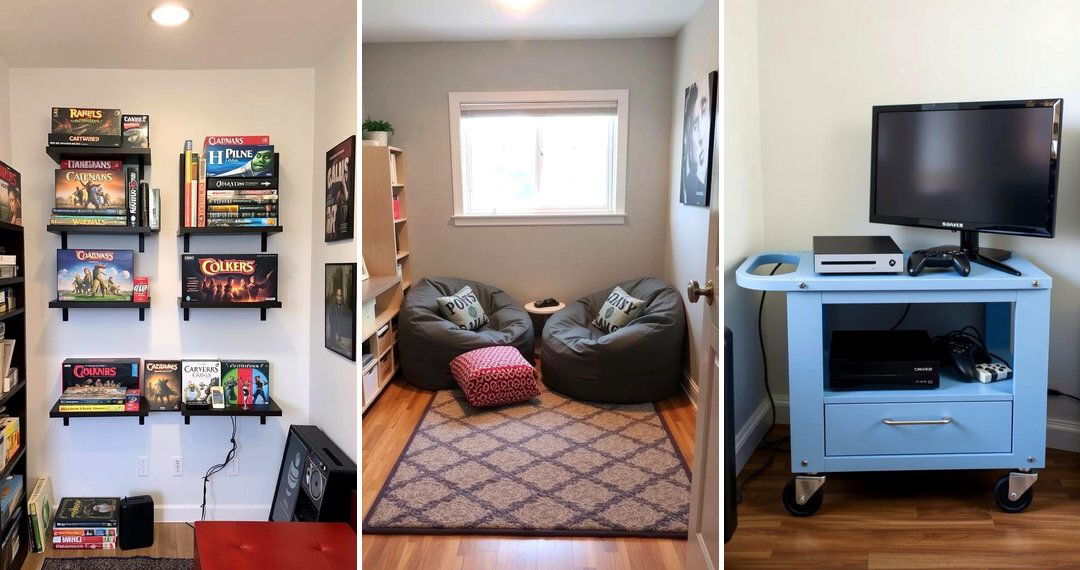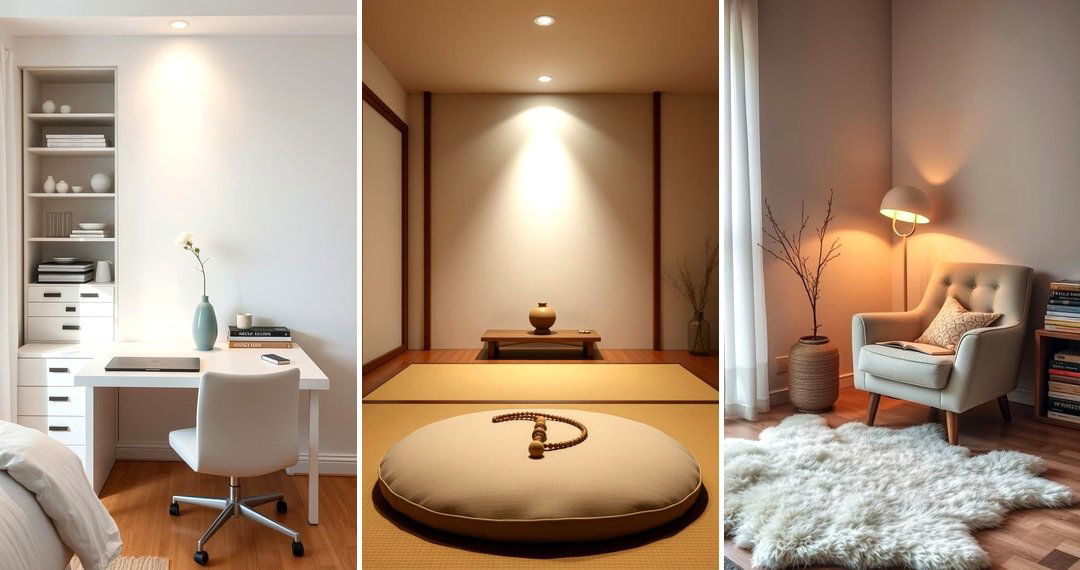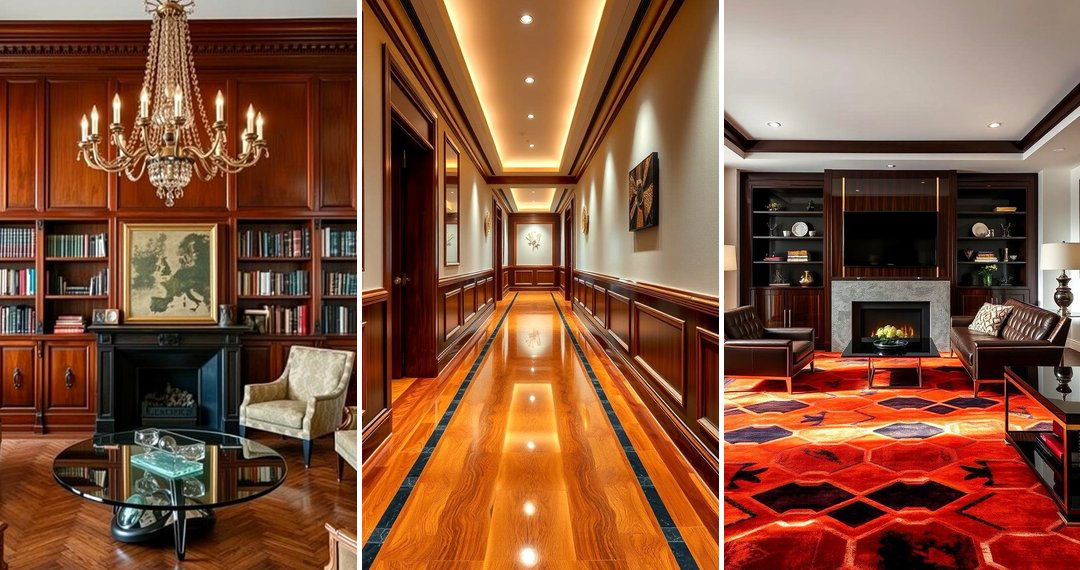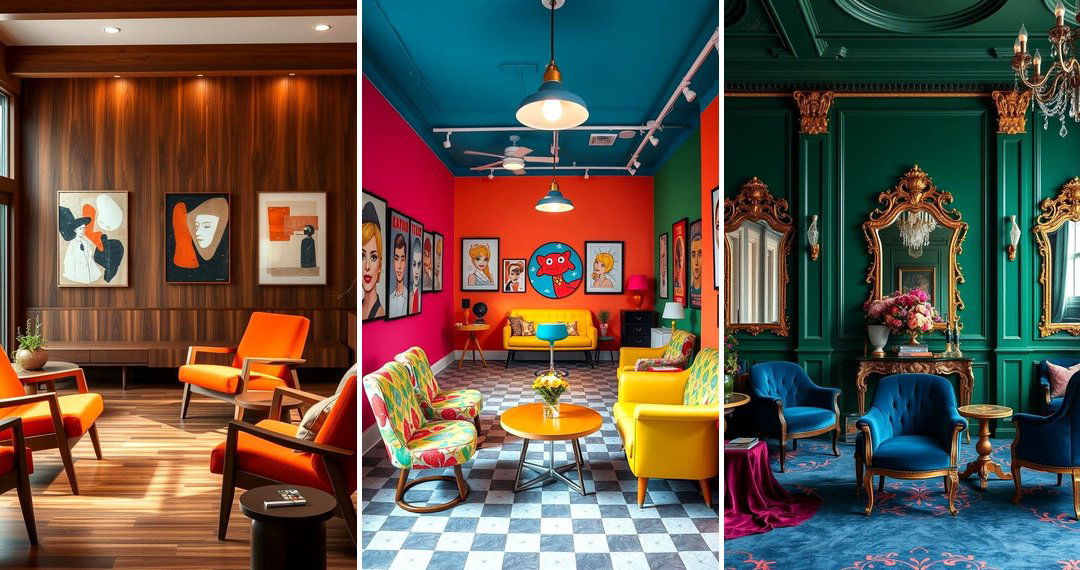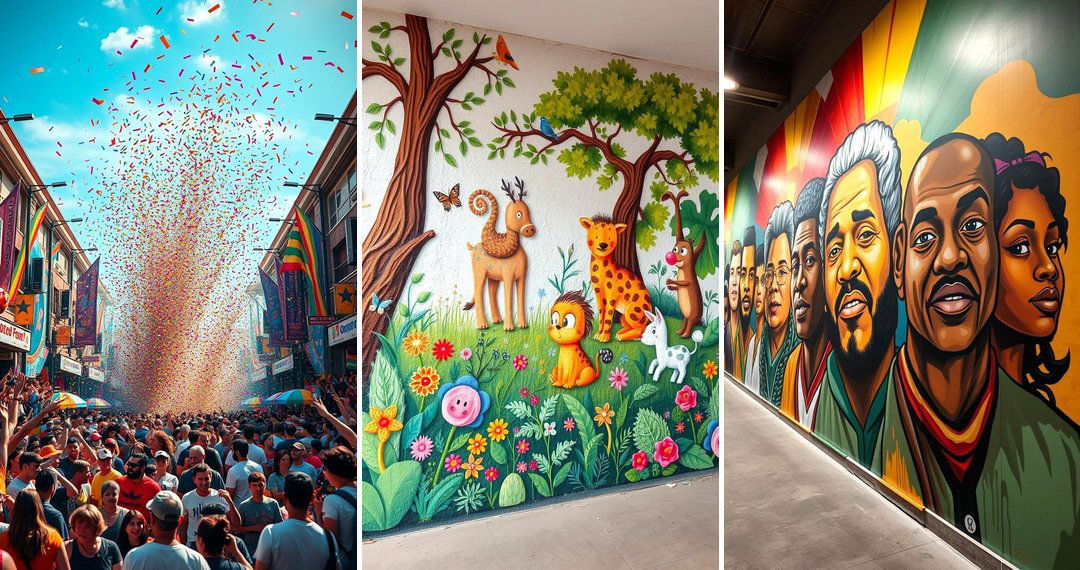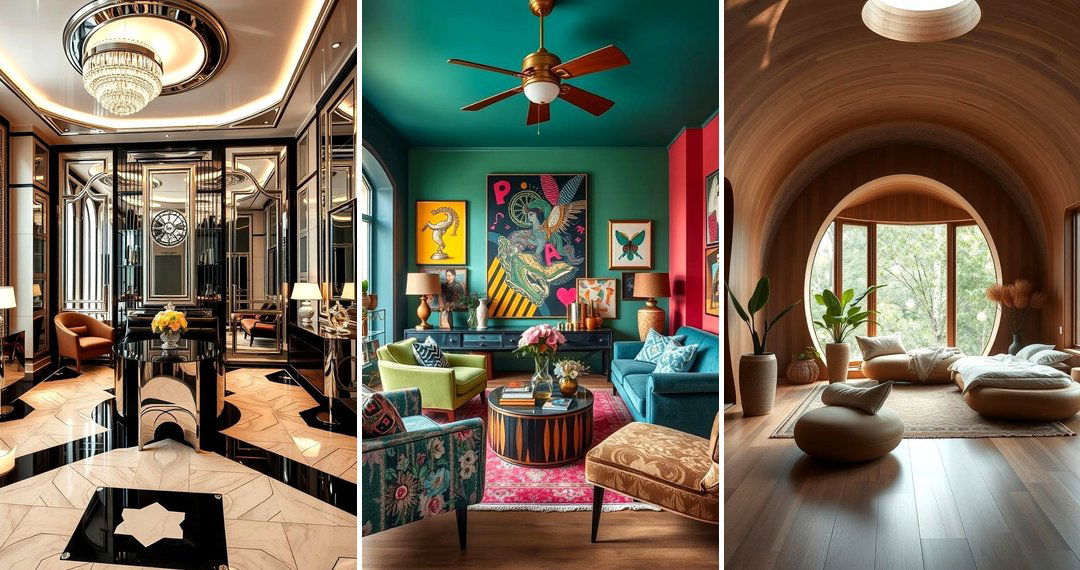Finding a dedicated space for mindfulness can significantly enhance your meditation practice. These 24 meditation room ideas offer a spectrum of inspiration to help you cultivate a sanctuary for inner peace right within your own home. Whether you have a spare room or just a corner to transform, the key is to create an environment that feels calming, supportive, and conducive to introspection. Let's explore some unique concepts to spark your imagination and guide you in designing your perfect meditation haven.
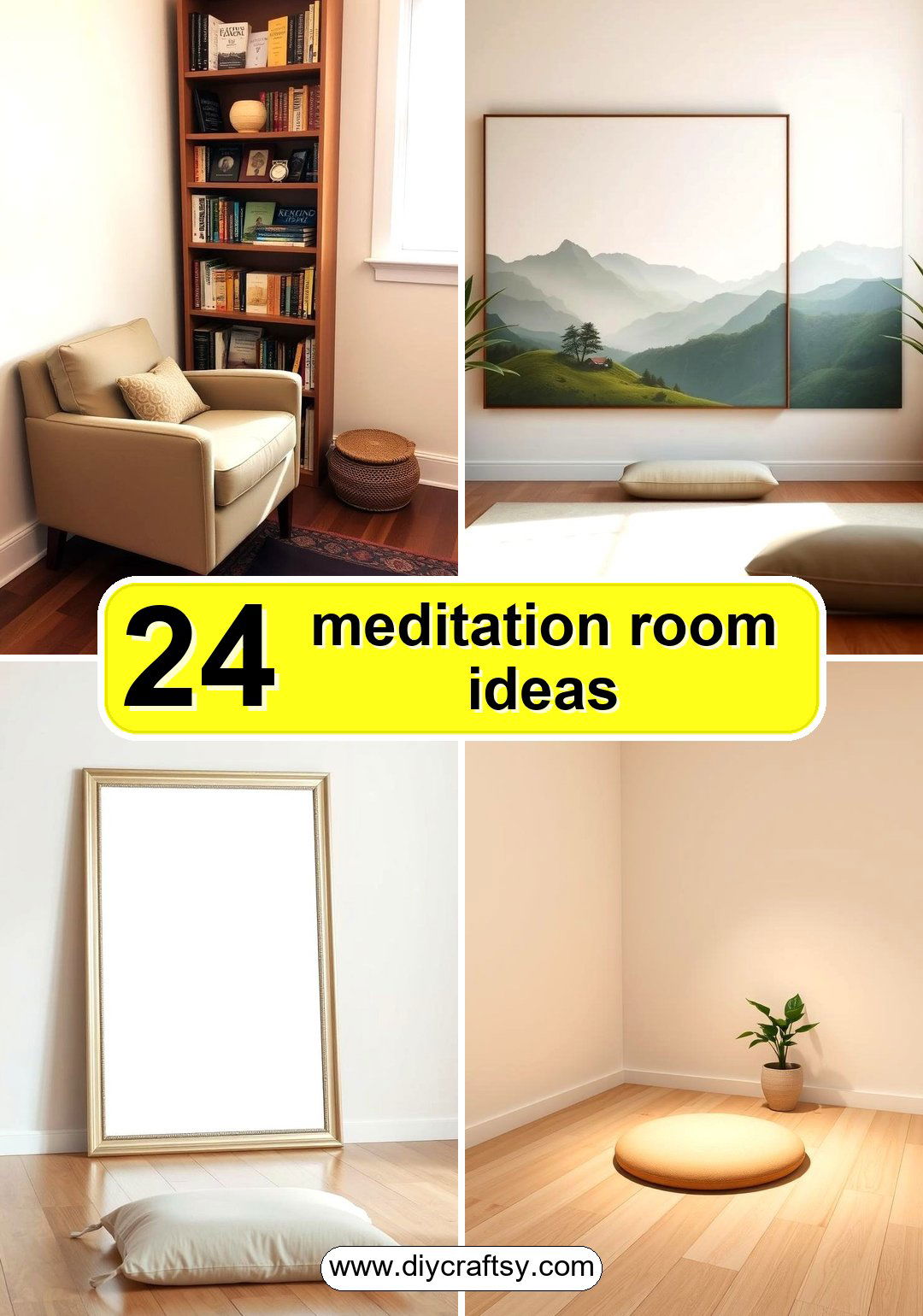
1. Minimalist Serenity
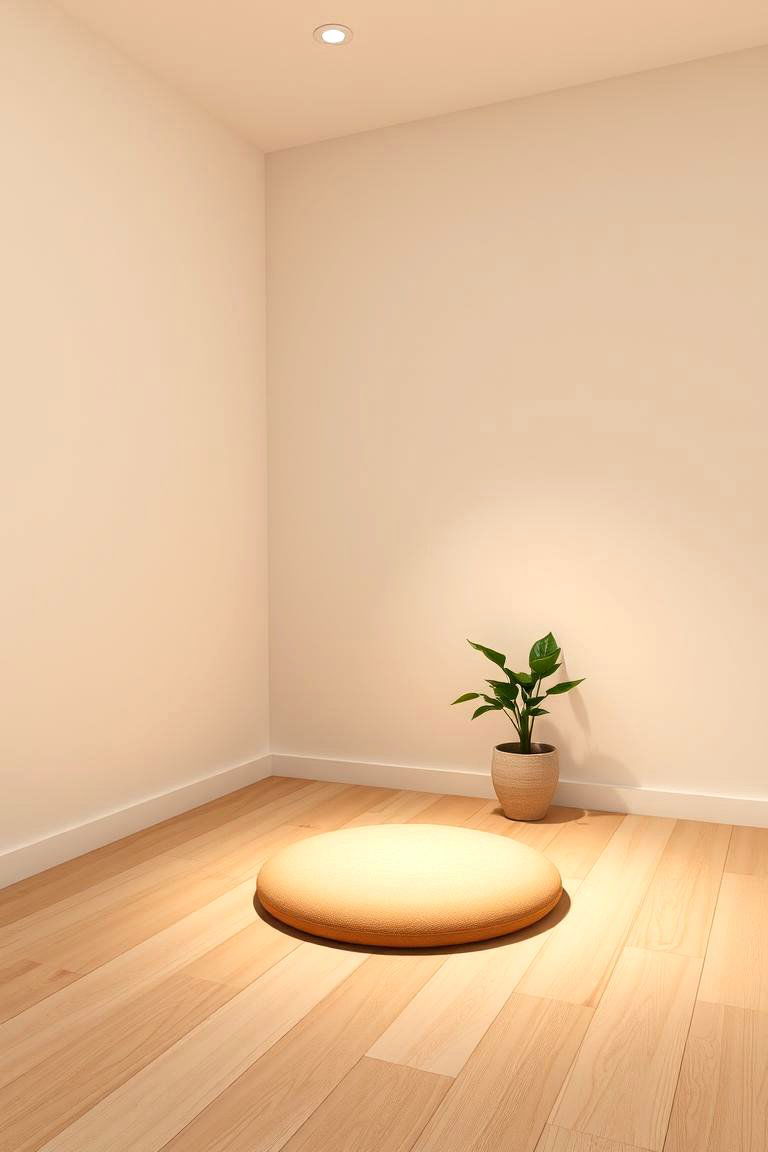
Consider a meditation room that embraces simplicity as its core design principle. This approach focuses on decluttering both the physical space and the mind. By incorporating only essential elements like a comfortable cushion or mat, soft lighting, and perhaps a single piece of meaningful artwork, you create an environment free from distractions. The benefit here is a heightened sense of calm and focus, allowing you to delve deeper into your practice without visual noise.
2. Nature-Infused Calm
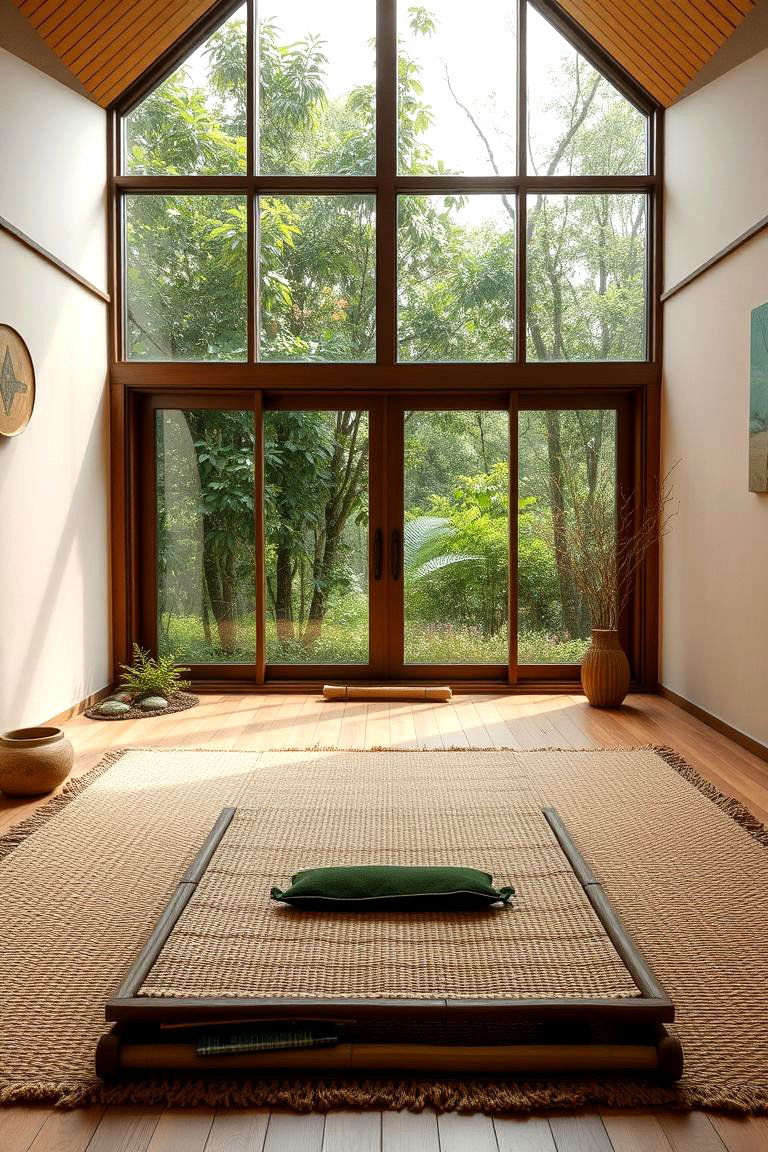
Bringing elements of the outdoors inside can create a truly tranquil meditation space. With the inclusion of natural materials like wood, stone, and bamboo, alongside indoor plants, you can foster a sense of connection with nature. The gentle rustling of leaves or the sight of greenery can be incredibly soothing, helping to reduce stress and promote relaxation during your meditation sessions.
3. Sensory Sound Sanctuary
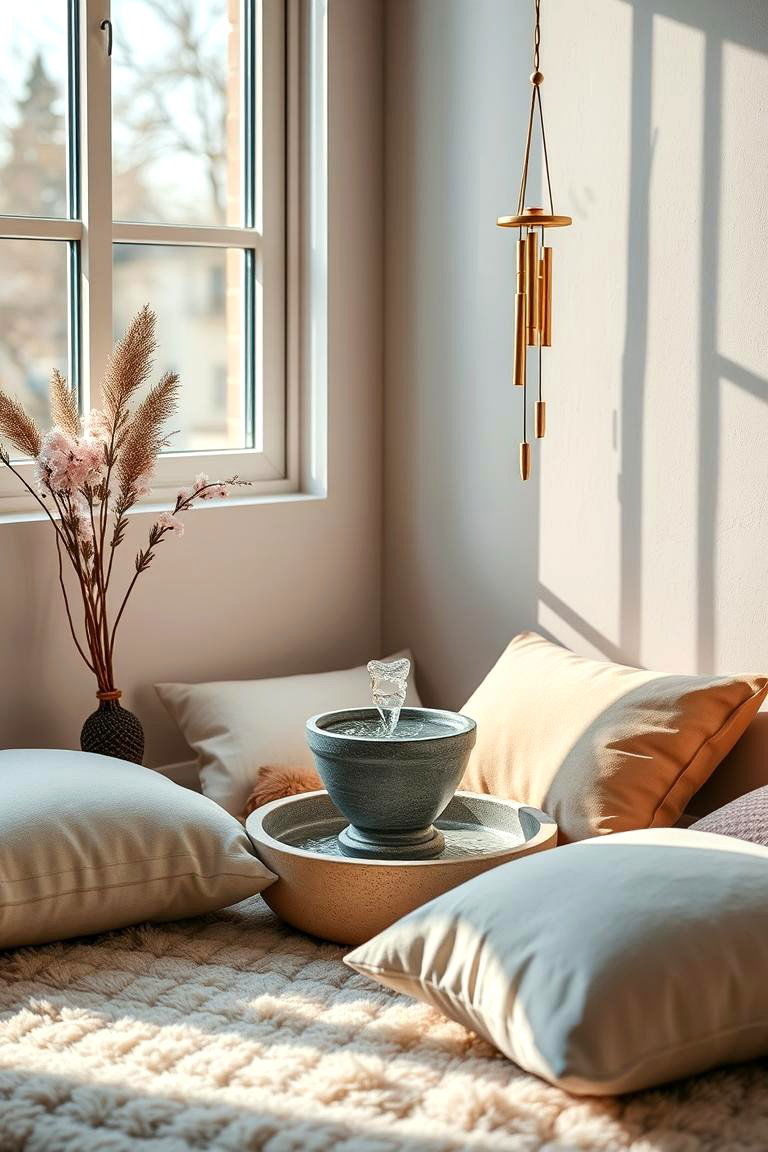
For those who find sound beneficial, a meditation room focused on auditory elements can be transformative. By integrating features like a small fountain with gently flowing water, wind chimes that produce soft melodies, or even strategically placed speakers for calming soundscapes, you can create an immersive sensory experience. These sounds can help to mask distracting external noises and guide you into a deeper state of relaxation.
4. Aromatherapy Haven
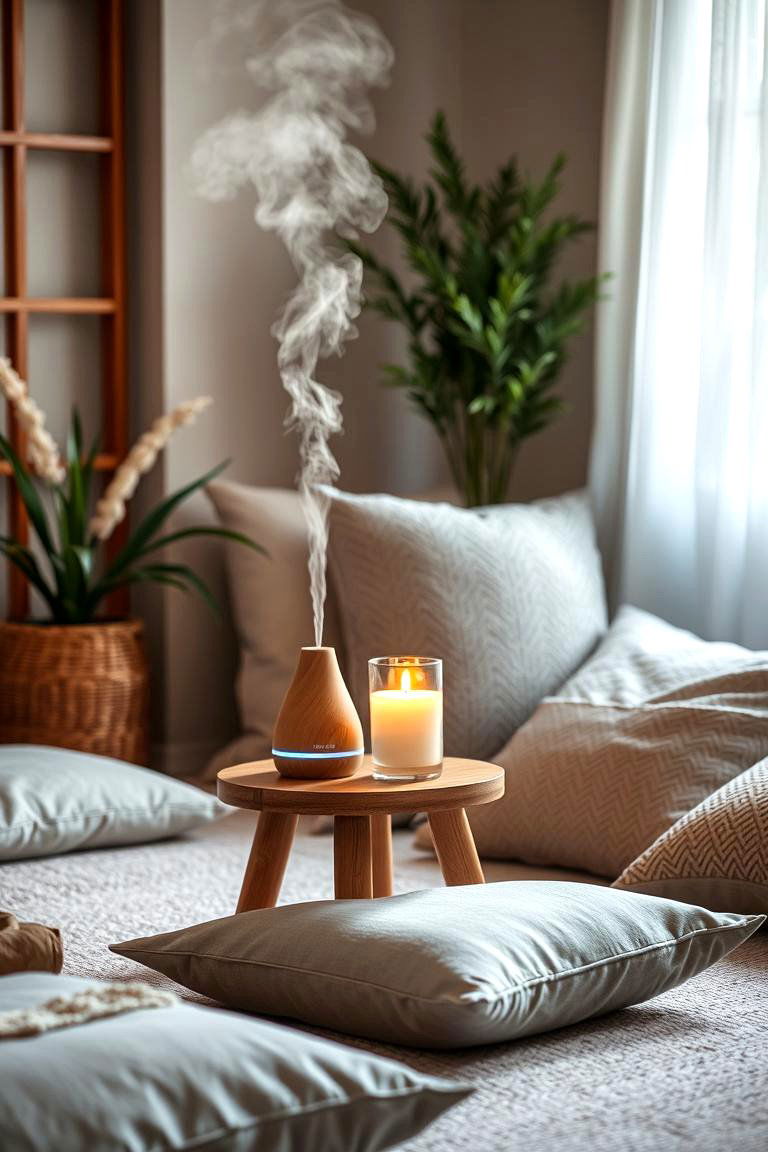
Take your meditation experience to another level by incorporating the power of scent. An aromatherapy-focused meditation room utilizes essential oil diffusers or candles with calming fragrances like lavender, chamomile, or sandalwood. The subtle aromas can have a profound effect on your mood and can help to create a more peaceful and focused atmosphere for your practice.
5. Light and Shadow Play
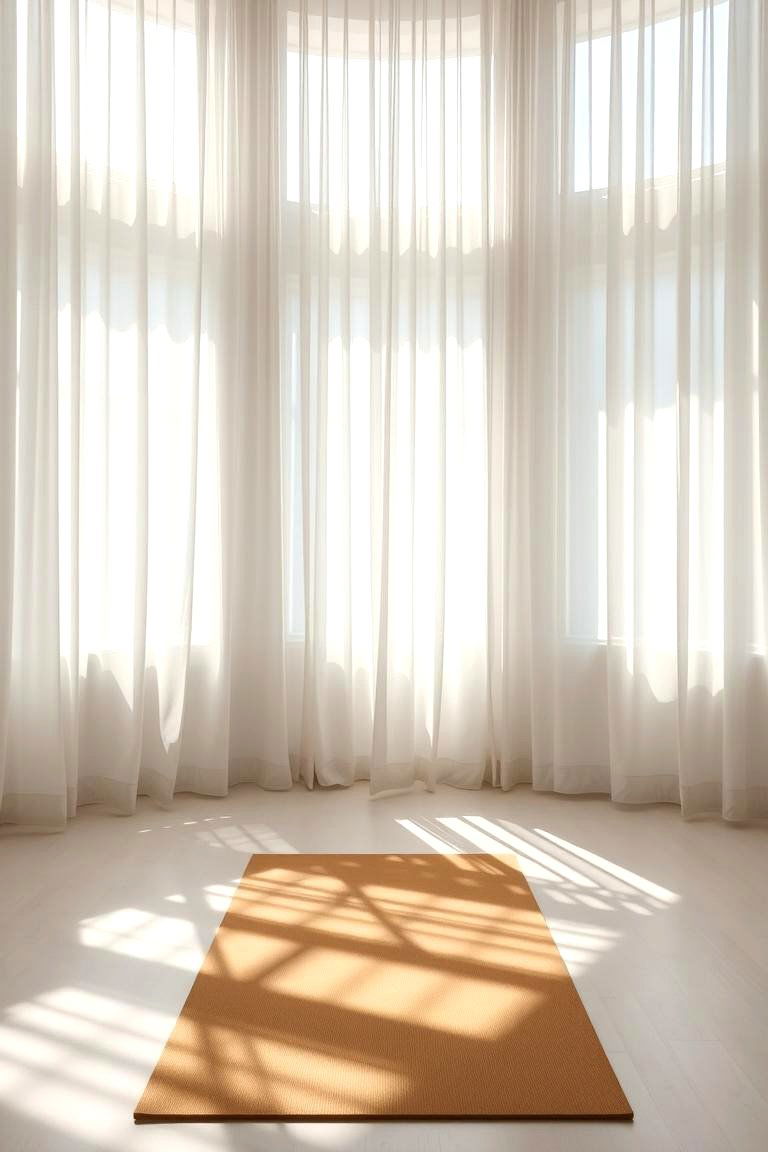
Looking to create a dynamic yet calming environment? A meditation room that plays with light and shadow can achieve this beautifully. By using sheer curtains that filter natural light, strategically placed lamps with dimmable settings, or even incorporating candles, you can create a soft and shifting ambiance. This interplay of light and shadow can enhance the feeling of tranquility and introspection.
6. Color Therapy Corner
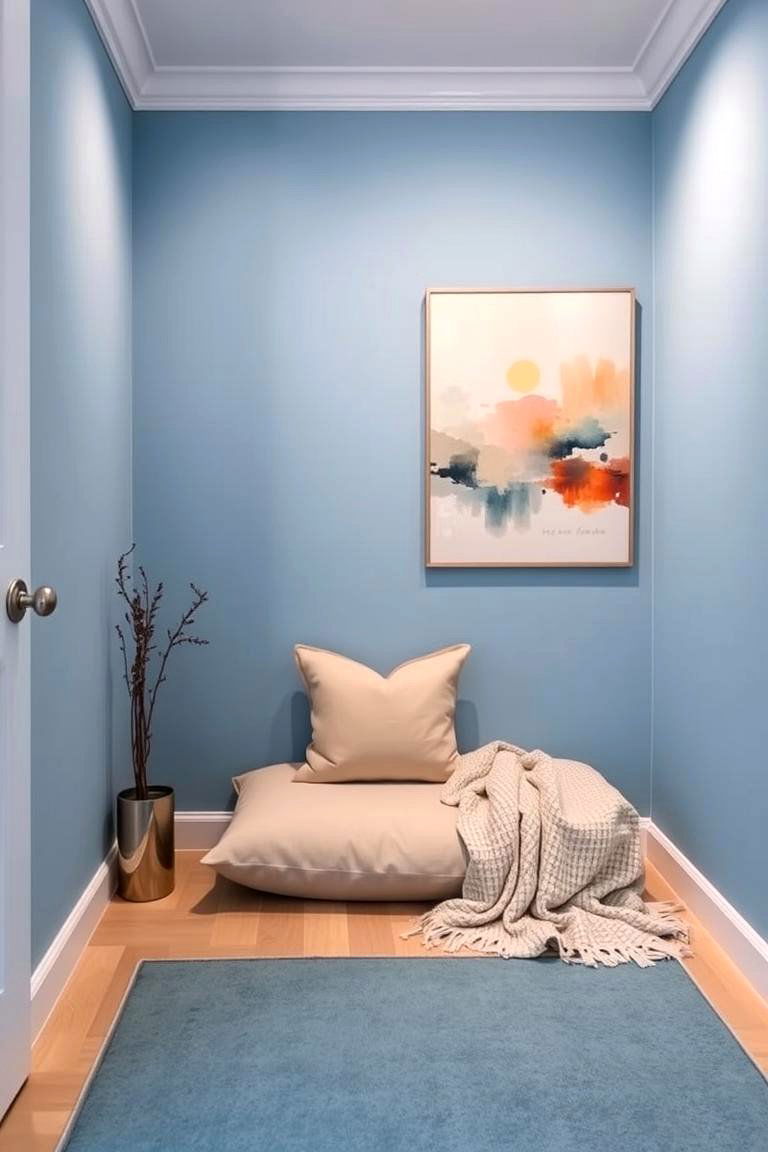
The psychology of color can significantly impact our mood, making it a valuable consideration for your meditation space. For instance, opting for calming hues like soft blues, greens, or muted purples can promote relaxation and reduce anxiety. By painting the walls or incorporating these colors through textiles and accessories, you can create a visually soothing environment conducive to meditation.
7. Textile Comfort Zone
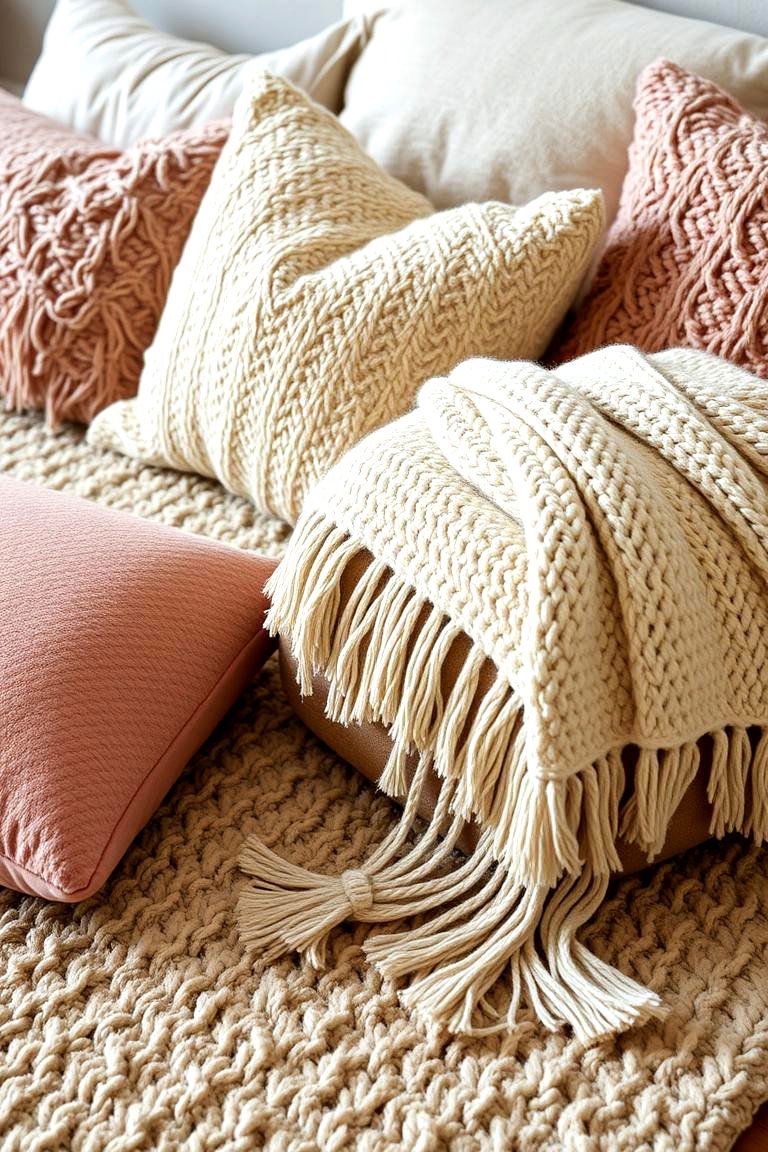
With the right selection of textiles, you can create a meditation room that feels incredibly cozy and inviting. Think plush rugs underfoot, soft cushions to sit on, and perhaps a warm throw blanket for added comfort. The tactile sensations of these materials can enhance your sense of well-being and make your meditation space a true sanctuary.
8. Personal Altar Space

What if you dedicated a corner of your meditation room to a personal altar? This could be a small table or shelf where you place items of personal significance, such as crystals, candles, inspiring quotes, or photographs. This space can serve as a focal point for your practice and a reminder of your intentions and spiritual journey.
9. Floor Seating Focus
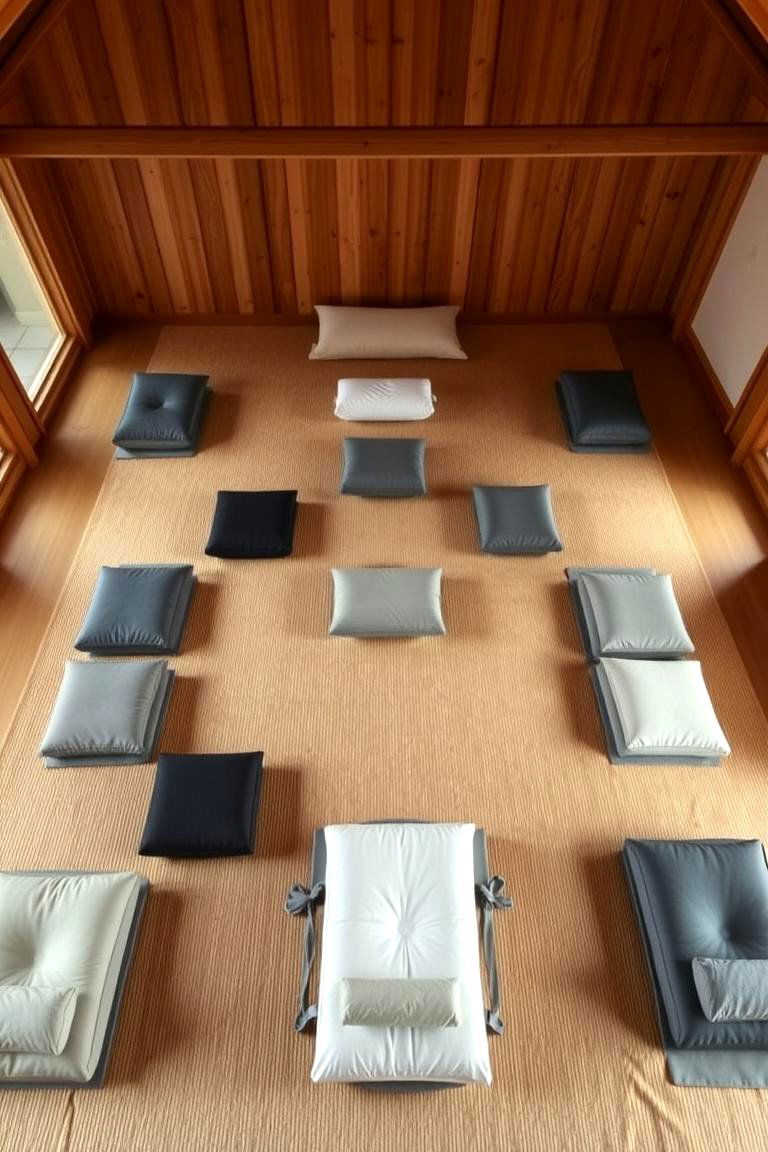
Another idea is to design your meditation room primarily for floor seating. By incorporating comfortable cushions of various shapes and sizes, along with supportive bolsters, you can create a flexible and inviting space for your practice. This encourages a grounded feeling and can help improve posture during meditation.
10. Wall Art Inspiration
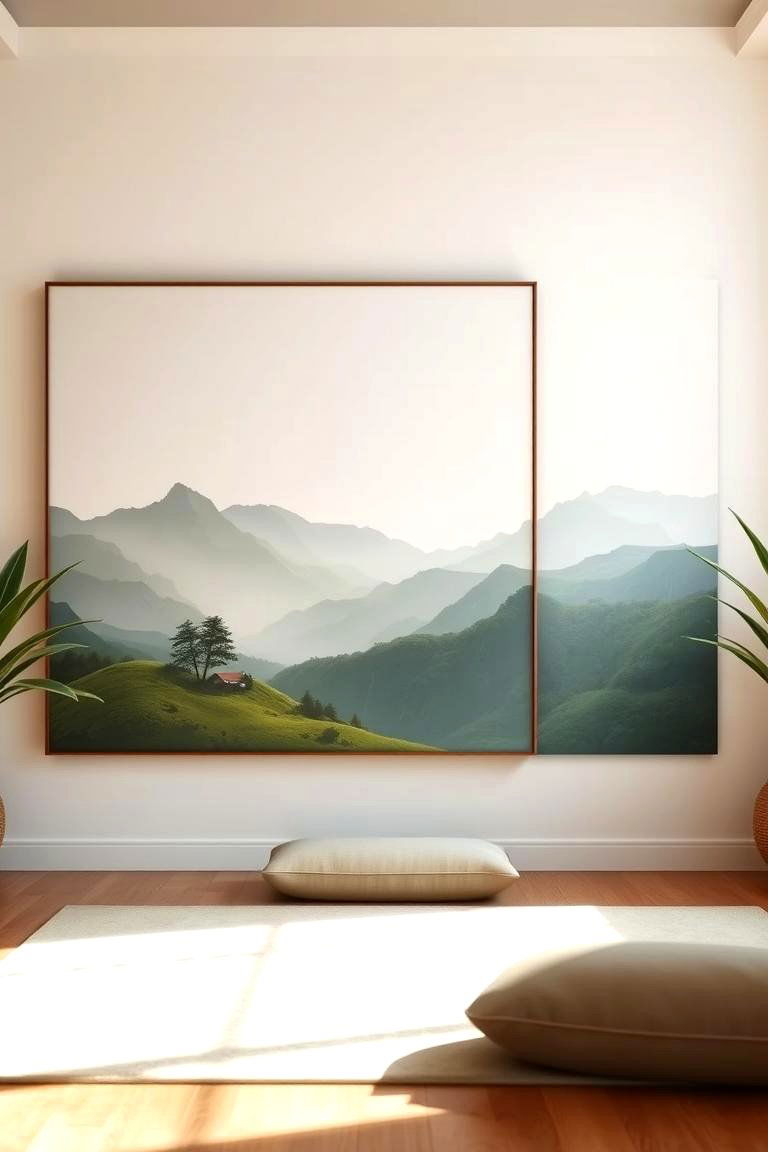
For a visually engaging yet calming meditation space, consider incorporating carefully chosen wall art. This could include serene landscapes, abstract pieces that evoke tranquility, or even inspiring mandalas. The key is to select artwork that resonates with you and supports a peaceful state of mind without being overly distracting.
11. Dedicated Reading Nook

Bringing in a comfortable armchair or a floor cushion near a bookshelf can create a dual-purpose meditation room. This allows you to combine your meditation practice with mindful reading, whether it's spiritual texts, poetry, or self-help books. This integration can deepen your understanding and enhance your overall well-being.
12. Tech-Free Zone

To truly disconnect and focus inward, make your meditation room a designated tech-free zone. This means leaving behind phones, tablets, and other electronic devices. By creating a space devoid of digital distractions, you allow yourself to fully immerse in the present moment and deepen your meditation practice.
13. Natural Light Embrace

What about maximizing natural light in your meditation space? If possible, position your room or corner near a window to take advantage of sunlight. Sheer curtains can diffuse the light, creating a soft and uplifting atmosphere. Natural light has been shown to improve mood and can make your meditation space feel more vibrant.
14. Mirrored Reflections

Surprisingly, strategically placed mirrors can enhance the sense of space and light in a meditation room. A large mirror can make a small room feel more expansive, while smaller accent mirrors can reflect light and create interesting visual effects. Just be mindful of placement to avoid direct reflections that might be distracting.
15. Indoor Water Feature
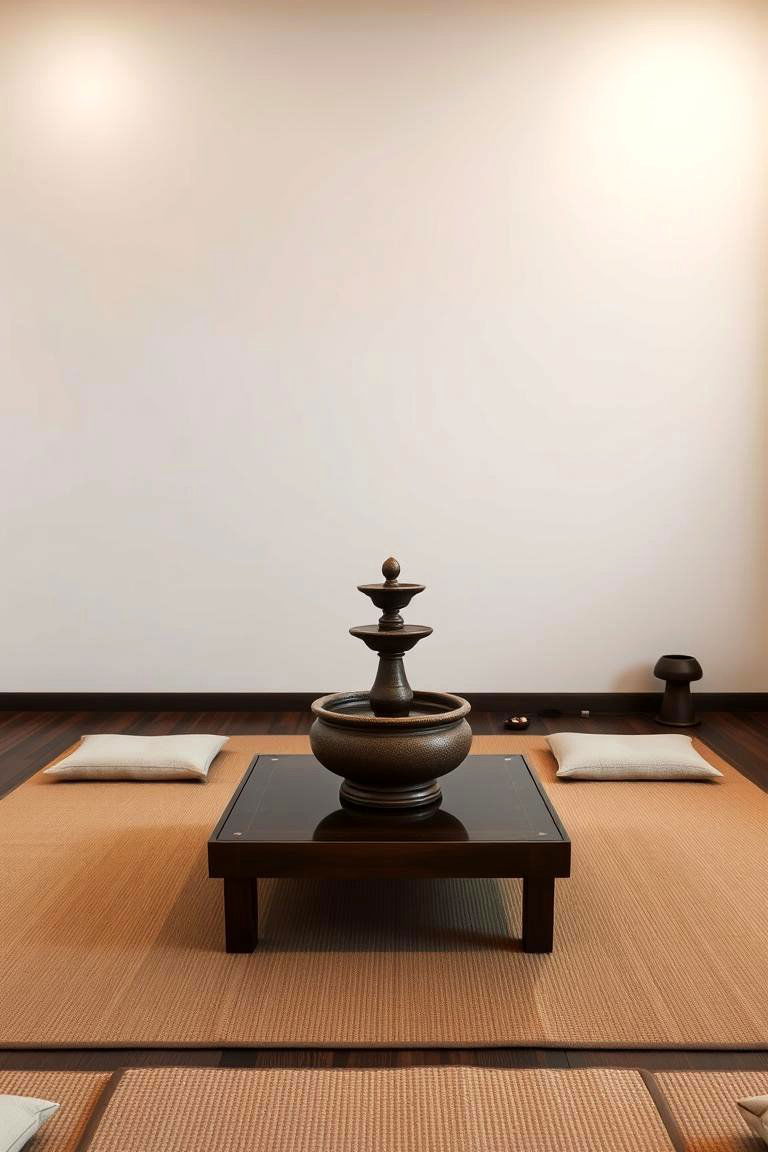
Bringing the soothing sound of flowing water into your meditation room can create a deeply calming ambiance. A small indoor fountain or a tabletop water feature can mask distracting noises and promote relaxation. The gentle movement and sound of water have a natural tranquilizing effect.
16. Hammock Relaxation Spot
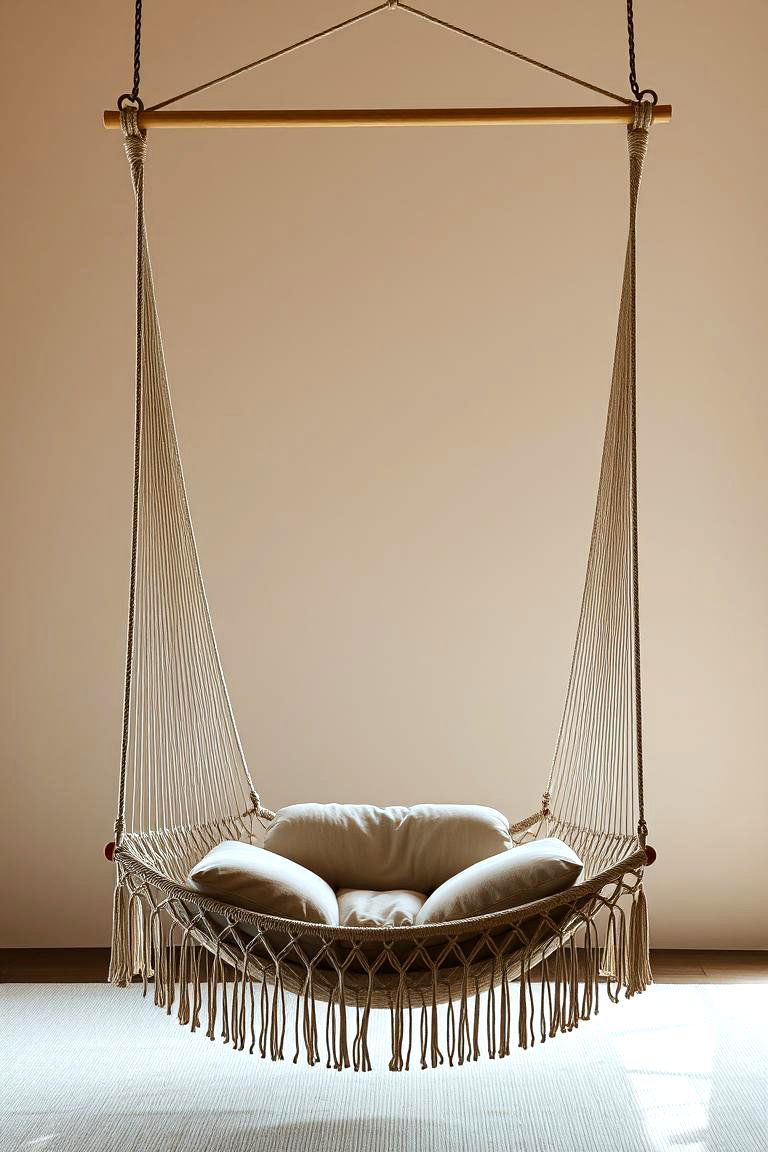
For a unique and incredibly relaxing meditation experience, consider incorporating a hammock into your space. Gently swaying in a hammock can be incredibly soothing and can help to ease tension in the body. This option might be particularly appealing for those who find stillness challenging.
17. Elevated Platform Space

Another interesting idea is to create a slightly elevated platform within your meditation room. This can help to define the space and create a sense of separation from the rest of the room. A low platform can also provide a comfortable and stable surface for cushions and mats.
18. Soundproof Sanctuary
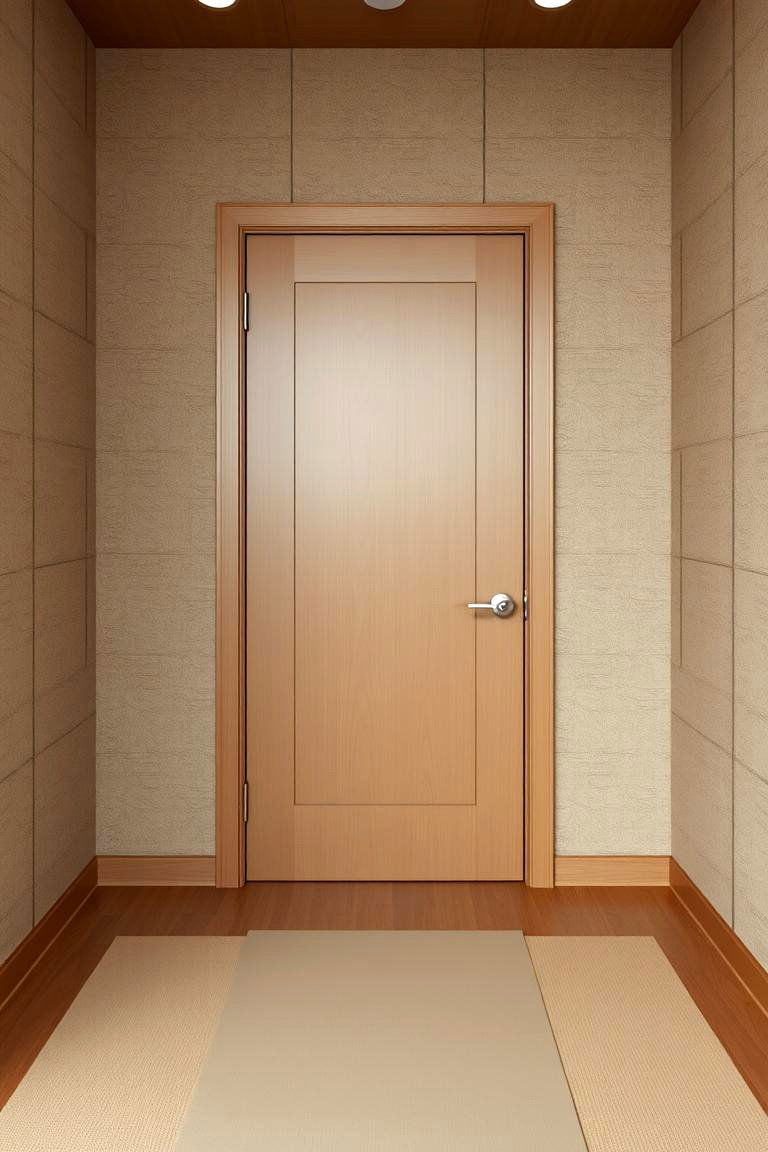
For those living in noisy environments, creating a soundproofed meditation room can be a game-changer. This might involve using soundproofing panels on the walls and ceiling, as well as a solid door. This ensures a quiet and undisturbed space for your practice.
19. Travel-Inspired Theme
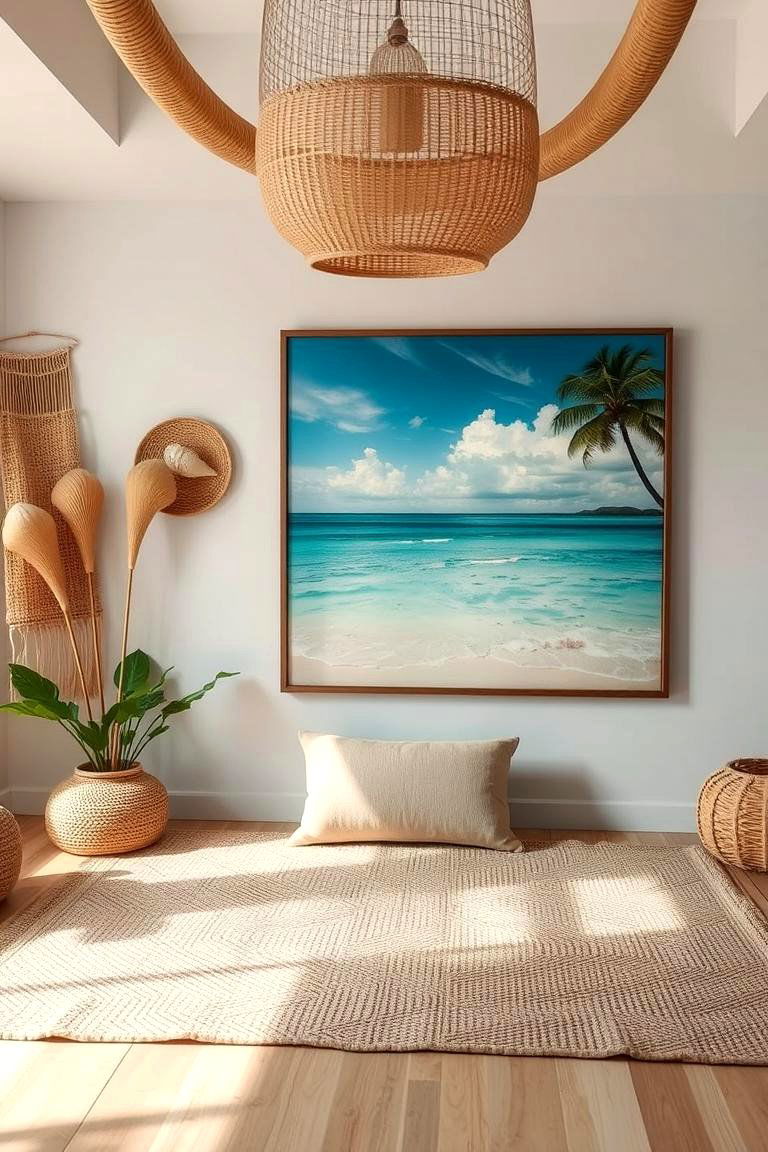
If you have a favorite travel destination that evokes feelings of peace and tranquility, consider incorporating elements of that into your meditation room's design. This could be through artwork, textiles, or decorative objects that remind you of that special place.
20. Upcycled Comfort Nook

Take a sustainable approach by creating a meditation space using upcycled furniture and decor. This could involve repurposing old cushions, using reclaimed wood for shelves, or giving new life to vintage textiles. This approach adds a unique and personal touch to your sanctuary.
21. Seasonal Decor Updates

Consider rotating the decor in your meditation room to reflect the changing seasons. This could involve switching out textiles with warmer or cooler tones, incorporating seasonal plants, or changing artwork. This keeps the space feeling fresh and connected to the natural cycles.
22. Gratitude Wall Focus

What if you dedicated a wall in your meditation room to gratitude? This could involve hanging a chalkboard or whiteboard where you can write down things you are grateful for before or after your meditation. This practice can shift your focus towards positivity and enhance your overall well-being.
23. Guided Meditation Station
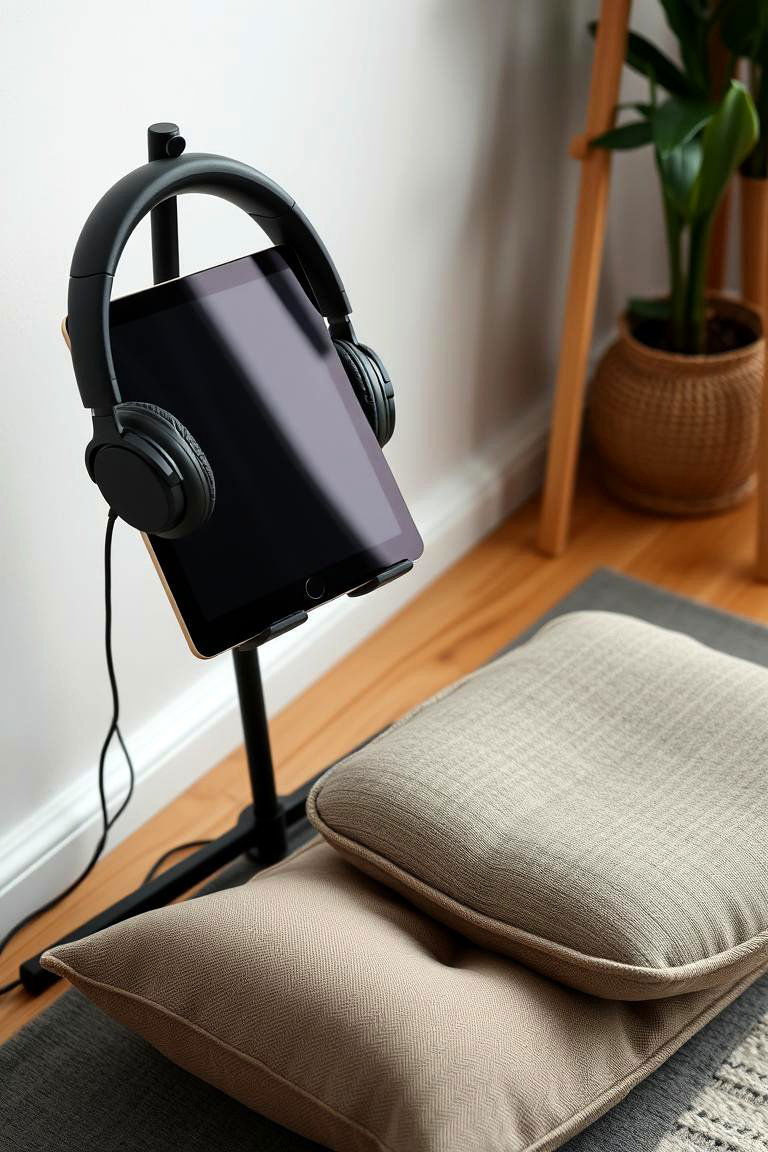
For those who enjoy guided meditations, consider setting up a dedicated station with comfortable headphones and perhaps a tablet or speaker for playing recordings. This ensures you have everything you need readily available for your guided practice.
24. Outdoor Meditation Corner
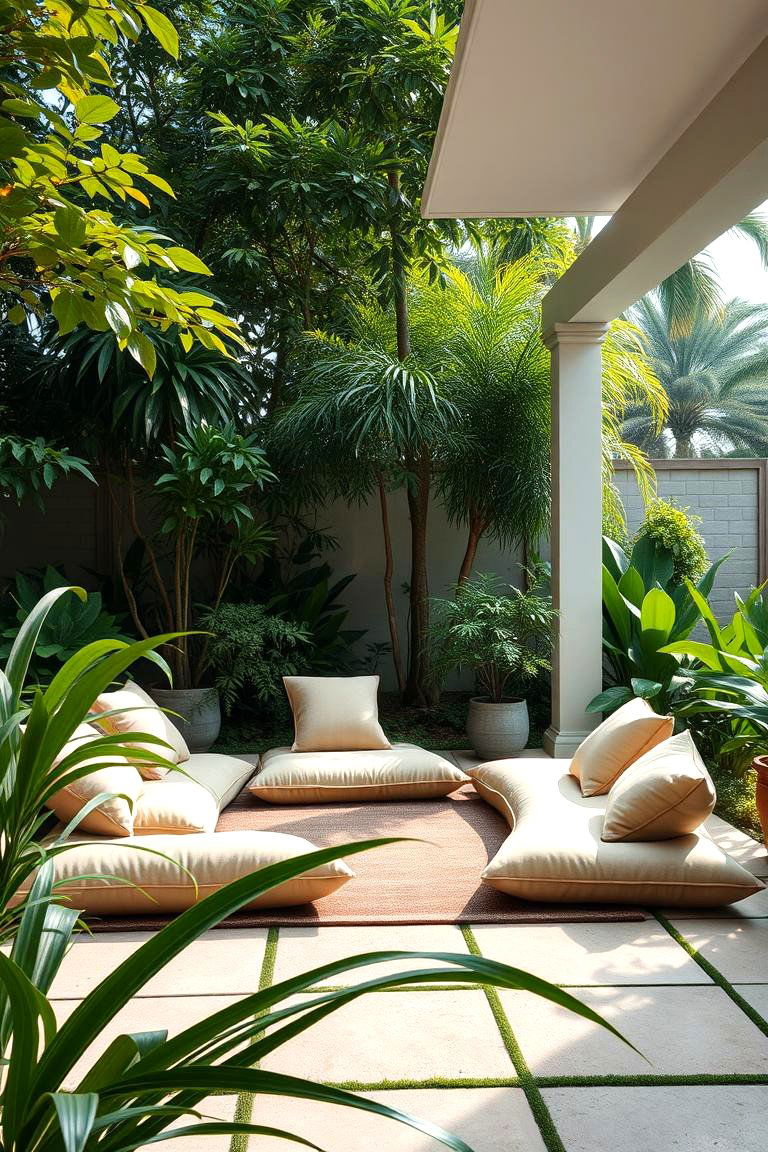
Finally, if you have access to a private outdoor space, consider creating an outdoor meditation corner. This could be a secluded spot in your garden or on a balcony with comfortable seating and natural surroundings. Meditating outdoors can be a truly immersive and grounding experience.
Conclusion:
Cultivating a dedicated space for meditation is an investment in your well-being, and these 24 meditation room ideas offer a diverse range of possibilities to inspire your personal sanctuary. By thoughtfully considering elements like light, sound, texture, and personal touches, you can create an environment that truly supports your mindfulness practice. Whether you opt for minimalist serenity or a nature-infused calm, the goal is to design a space where you feel comfortable, focused, and at peace, allowing you to fully embrace the benefits of meditation. Exploring these 24 meditation room ideas can be the first step towards creating your ideal haven for inner reflection and tranquility.


